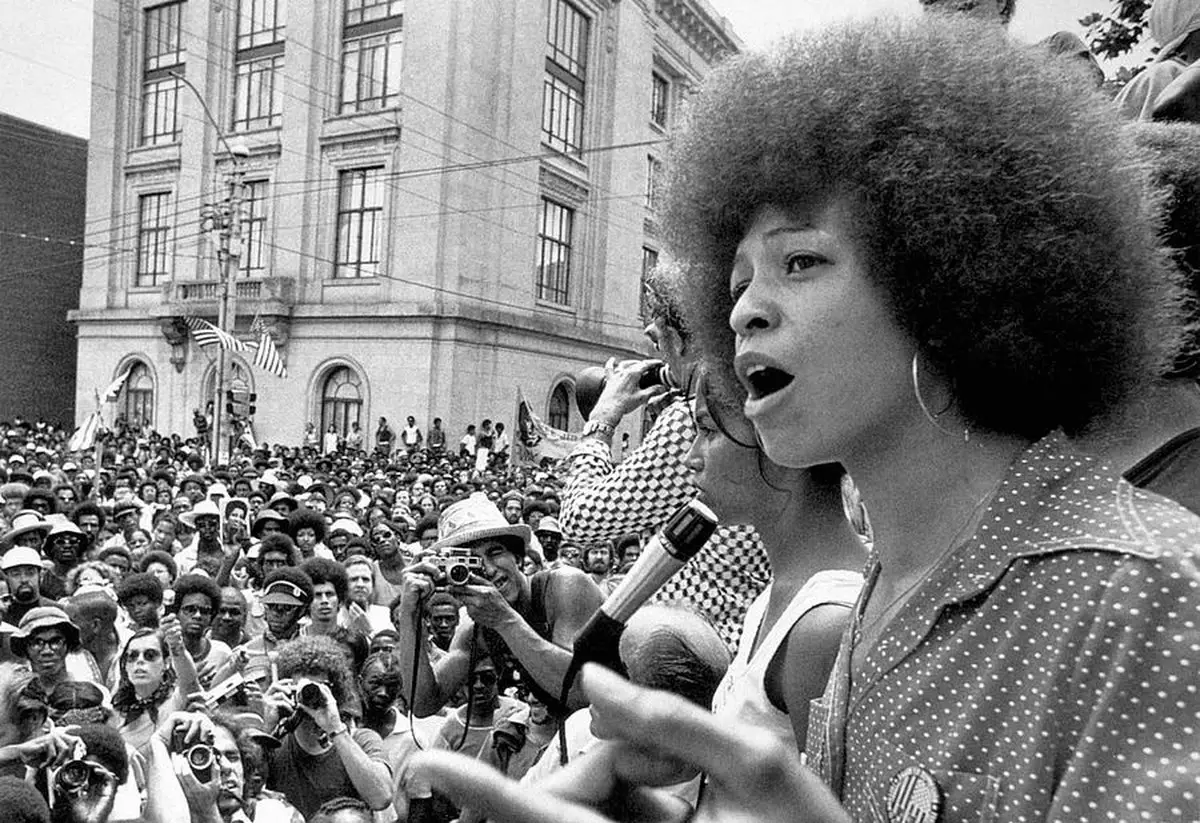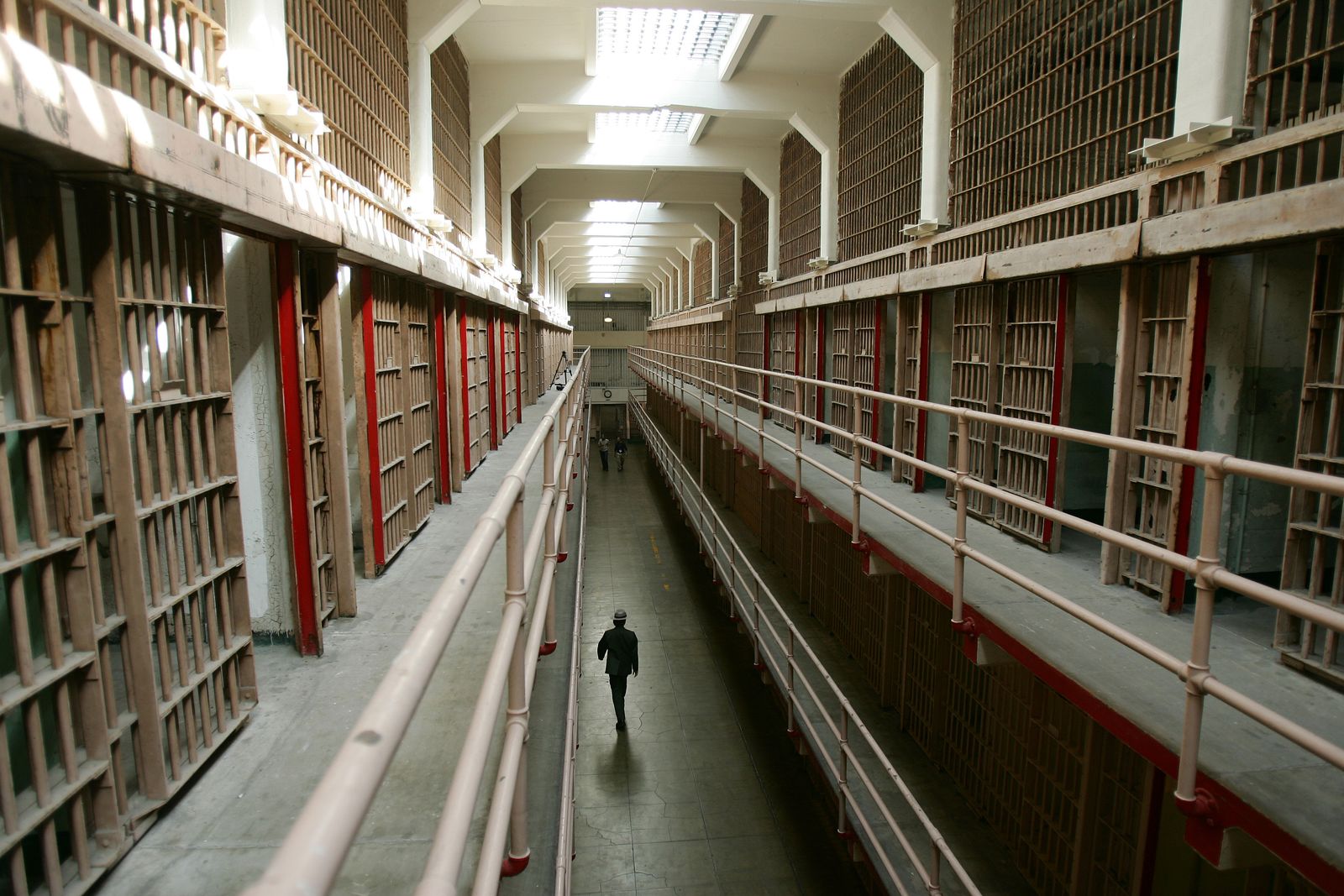“Why do we take prison for granted? … it is as if prison were an inevitable fact of life, like birth and death.” Through her words, Angela Davis challenges mass incarceration, and more so, challenges the public’s perception of it.
The most recent prison protests carry much of Davis’ spirit in the way of opposing the practice of imprisonment. They, like her, demand a reconsideration of the rights and perception of inmates. They know that they are being exploited, and they are tired of being treated as less than human.
Davis goes beyond prison reform however, and aims to dismantle the very idea that prison is necessary. In her seminal book, “Are Prisons Obsolete?” published in 2003, she lays out the exploitative institution, grounds its history and proposes that the dire circumstances demand a shift toward alternative methods of rehabilitation. Her work serves to give place to the protests as the result of injustices sustained over decades.
Davis starts by pointing out the complacency that has allowed mass incarceration to reach such prominence. “In thinking about the possible obsolescence of the prison,” Davis writes, “we should ask how it is that so many people could end up in prison without major debates regarding the efficacy of incarceration.”
The Public Perception of Incarceration
Davis has dedicated herself as an abolitionist since the ’60s, when the nationwide prison population was around 200,000. She has closely followed the rise of mass incarceration, as it has swelled to over 2 million. As if this wasn’t disheartening on its own, the outrage that she would’ve expected from the public never came.
She points to the rhetoric used during the Reagan administration, specifically “the war on drugs” and the idea that “tough on crime” stances — including certain imprisonment and longer sentences — would keep communities free of crime. However, the practice of mass incarceration during that period had little or no effect on official crime rates. In fact, the most obvious pattern was that larger prison populations led not to safer communities but, rather, to even larger prison populations, according to Davis. This narrative made it seem like incarceration was the only way to keep communities safe.

She continues to explain the exponential increase in prison construction and the corporate interest that slowly made its way into the fold, eventually creating a system that’s dubbed the prison industrial complex. She then comes to question how so much of this expansion could happen with so much ease and without anybody really paying attention.
Davis blames a culture that views imprisonment in a very narrow manner. “The prison [is an] abstract site into which undesirables are deposited, relieving us of the responsibility of thinking about the real issues afflicting those communities … it relieves us of the responsibility of seriously engaging with the problems of our society.”
Collectively, inmates are viewed as second-class citizens, not deserving of the rights that everybody else is inherently granted. She proposes that having “prisons tend[s] to make people think that their own rights and liberties are more secure than they would be if prisons did not exist.” And this is the very thing that the prison protests are aimed at.
The relegation of inmates allows them to be housed in terrible conditions, it allows them to be exploited for labor and profit and it allows them to be excluded from democracy.
Prisons and Slavery
In the book, Davis contextualizes prisons within the history of slavery, a sentiment echoed by the Jailhouse Lawyers Speak (JLS), as they’ve referred to mass incarceration as “modern-day slavery.” They are being made to work for as little as four cents an hour. It doesn’t take a lot of effort to see the blatant exploitation.
For Davis, however, the comparison between slavery and incarceration goes far beyond just the labor. For her, there is a parallel in how insurmountable it is as an institution: “It may help us gain perspective on the prison if we try to imagine how strange and discomforting the debates about the obsolescence of slavery must have been to those who took the ‘peculiar institution’ for granted – and especially to those who reaped direct benefits from this dreadful system of racist exploitation.”
Davis is highlighting a deeply entrenched conception that prison is a necessary and natural part of our society. But in comparing it to the fight against slavery, there is the consolation, that with a long, sustained effort across decades and centuries, it can be overcome.
The value in Davis’ radical call to action is that it sets a very firm goal for activist efforts. Reform is valuable, but it will not solve the problems that led to incarceration in the first place. Davis is asking that America fundamentally reconsider criminality, and she makes it clear that incarceration is not the answer. “The most difficult and urgent challenge today is that of creatively exploring new terrains of justice, where the prison no longer serves as our major anchor.”
The hardest part about overcoming mass incarceration is finding viable alternatives. In her conclusion, Davis made sure to reiterate that the network goes far beyond the physical prisons themselves. Consequently, replacing it requires multiple “alternatives to imprisonment — demilitarization of schools, revitalization of education at all levels, a health system that provides free physical and mental care to all, and a justice system based on reparation and reconciliation rather than retribution and vengeance.”
Davis is handing the torch to the next generation, and tasking them with the emancipation from modern slavery.

















